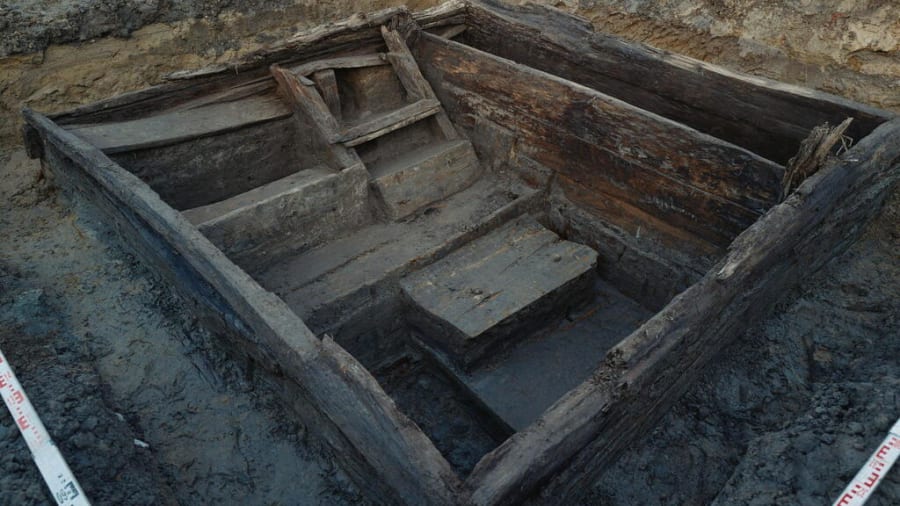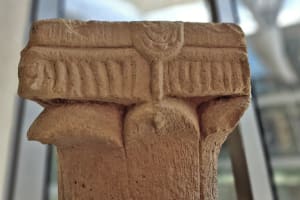400-year-old oak wood Jewish ritual immersion bath found in 'Auschwitz'

A wooden mikveh – Jewish ritual immersion bath – from the 17th or 18th centuries was found several meters beneath a brick bathhouse in January. The discovery was made in the town of Oświęcim, Poland, which Germans refer to as Auschwitz.
Builders discovered the oak wood mikveh after removing successive layers of earth during the construction of a parking lot at the site.
“Initially when we dug up a few stairs leading down and a wooden floor, it seemed that it could be a fragment of a wooden hut,” archaeologist Grzegorz Mądrzycki told the Polish publication, The First News.
Jews are known to have first lived in Oświęcim around the mid-16th century, calling the town Oszpicin. Local Jewish Museum Director Tomasz Kuncewicz said the mikveh might be dated to this time, according to Ynet news.
The town of Oświęcim also appears in Hasidic literature, referring to it as a meeting place for three great Hasidic rabbis: Elimelech of Leżajsk, his brother Zusja of Annopol and Shlomo Bochner of Chrzanów.
The Auschwitz Jewish Center (AJC), which houses the Jewish Museum and a synagogue, opened its doors in September 2000 to honor the Jewish residents of the town and to teach future generations about the Holocaust.
The Auschwitz extermination camp, built near the town and operated by the Nazis during World War II, was the largest and deadliest concentration camp of its kind, with 1.3 million people reportedly being sent there, including 1.1 million Jews. Of these, some 85% – 960,000 Jews – died there. Only 7,000 were liberated at its capture, as the Nazis had forced nearly 60,000 prisoners to march west to evade discovery or capture as Soviet forces approached.
The opening of the AJC followed the death of the town’s last Jewish survivor by four months.
After leaving the Poland at the end of WWII, the last Jew of Oświęcim, Shimek Kleuger, returned to the town in 1962, despite the protests of his family. He moved into the family house, which originally belonged to Kleuger’s maternal grandfather, and lived on the ground floor. At that time, he learned that other Jewish survivors had either emigrated to the United States or Israel.
Kleuger was 14 years old when WWII started in 1939 and might have seen the Nazis set fire to the Great Synagogue in September 1939.
Around 1994, Kleuger communicated to a visitor, Moshe Weiss, that he hoped “to leave Poland soon and join his brother and his family in Brooklyn, New York.”

The All Israel News Staff is a team of journalists in Israel.














